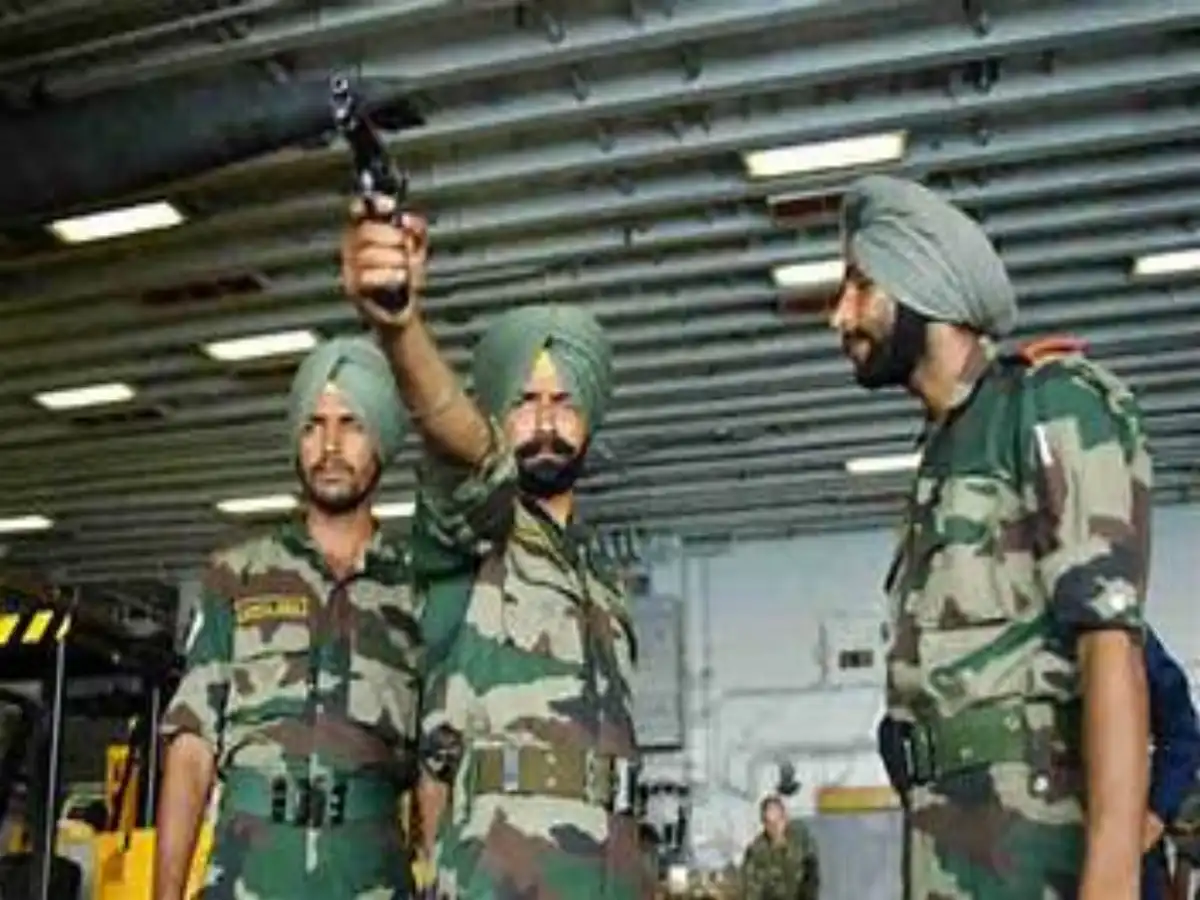The Indian Army stands distinguished among the world’s professional forces. With an approximate count of 1.2 million personnel, comprising nearly 80 Lieutenant Generals, 300 Major Generals, 1200 Brigadiers, 5600 Colonels, and an additional 43,000 officers at higher echelons, it epitomizes a robust military hierarchy. Endeavors toward officer promotions underwent extensive restructuring, ushering in a new policy set to take effect from January 1, 2024. This comprehensive promotion policy not only accounts for an officer’s merit but now directs attention towards their physical fitness. Consequently, the path to higher cadres for senior officers shall no longer unfold as effortlessly.
Evolution in Promotion Policies
As per a report from The Times of India, the evolving nature of domestic and external challenges prompted a perceived necessity for amendments within the officers’ promotion policies. A senior officer within the military expresses the view that prevailing promotion policies have somewhat lagged in alignment with the contemporary era’s demands. However, adaptation over time becomes imperative. The primary advantage of the new promotion policy lies in empowering officers to better confront domestic and foreign challenges, thereby fortifying their capabilities.
Inclusion of Service Corps in Opportunities
The military encompasses various combat arms such as Infantry, Armored Corps, and Mechanized Infantry. Alongside these, Combat Support Arms like Artillery, Air Defense, Engineers, and Signal Services, such as the Army Service Corps, Army Ordnance Corps, and Corps of Electronics and Mechanical Engineers, contribute to its diversity. With the introduction of the new promotion policy, officers associated with all these arms and services shall have the opportunity for cadre changes. This initiative aims to provide equal opportunities across all sections of the army, enabling them to ascend the ranks based on their abilities.
Irrespective of circumstances, physically fit officers will now have the prospect of reaching the ranks of Colonel and Brigadier. Moreover, officers sustaining injuries in the field of battle or during operations will also stand a chance for promotions. In August, the military introduced a common uniform for Brigadiers, Major Generals, and Lieutenant Generals serving in different cadres. The new promotion policy stands as a significant stride in this direction. Experts suggest that bridging the gap between combat and support services through this step will address the grievances of officers associated with service corps, often feeling undervalued compared to combat corps.









